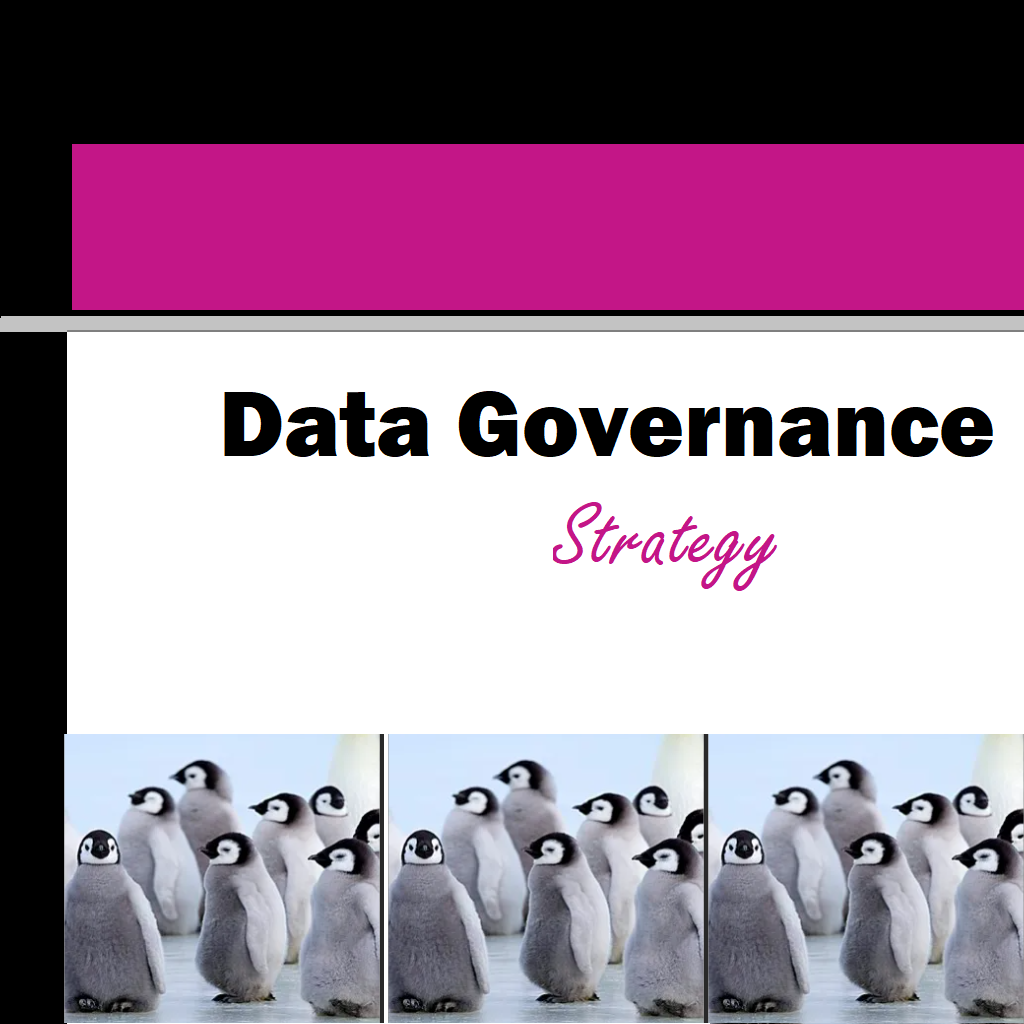Sprint planning and project estimation are critical activities in Agile software development methodologies, such as Scrum. Sprint planning involves determining what work will be accomplished during a specific time frame, known as a sprint, which is usually a timeboxed period of 1-4 weeks. It is a collaborative effort involving the entire development team and the product owner. During sprint planning, the team selects user stories or features from the product backlog and breaks them down into smaller, actionable tasks. The goal is to define a clear set of objectives for the sprint.
Project Estimation, on the other hand, is the process of assigning effort or duration estimates to the tasks identified during sprint planning. It involves estimating the time, resources, and complexity required to complete each task. The estimation can be done in various units, such as hours, story points, or t-shirt sizes, depending on the team’s preference and the estimation technique used.
The purpose of sprint planning and estimation is to create a shared understanding among the team about what work needs to be done and how long it may take. This allows the team to set realistic goals, make commitments, and plan their capacity accordingly. It also helps in prioritizing the most valuable work items and ensuring that the team is aligned with the product owner’s expectations.
Remarkable Starter Bundle – Remarkable 2
The Original Paper Tablet | Includes 10.3” Remarkable Tablet, Marker Plus Pen with Built-in Eraser
Less -10% ₹39,599

Effective sprint planning and estimation involve careful consideration of the team’s velocity, historical data, task dependencies, and input from all team members. It requires open communication, collaboration, and a willingness to adapt and refine estimates as new information becomes available. By breaking down work and estimating effort accurately, sprint planning and estimation provide a roadmap for the team to deliver value incrementally and iteratively throughout the project.
Basics of estimation
Estimation is the process of predicting or approximating the effort, time, resources, and cost required to complete a task, project, or activity. It plays a crucial role in project planning, scheduling, and decision-making. Here are some basics of estimation:
1. Scope and requirements: Clearly define the scope and requirements of the task or project. Understand what needs to be accomplished and what is expected as the deliverable. This provides a foundation for estimation.
2. Estimation units: Determine the units of measurement for estimation. It can be hours, days, story points, function points, or any other unit that suits the context. Consistency in using estimation units helps in comparing and tracking estimates effectively.
3. Historical data: Utilize historical data from previous similar projects or tasks. Analyze how much time, effort, or resources were required for comparable work. Historical data serves as a reference point and can provide valuable insights for estimation.
4. Expertise and experience: Involve individuals with relevant expertise and experience in the estimation process. Their knowledge and insights can significantly improve the accuracy of estimates. Consider input from team members, subject matter experts, or stakeholders who have experience in similar projects.
5. Estimation techniques: There are various estimation techniques that can be used depending on the nature of the task or project. Some common techniques include:
– Analogous estimation: Comparing the current task or project with similar ones completed in the past.
– Parametric estimation: Using mathematical models based on historical data to estimate effort or time.
– Bottom-up estimation: Breaking down the work into smaller tasks and estimating each task individually, then summing up the estimates.
– Three-point estimation: Providing optimistic, pessimistic, and most likely estimates to calculate a weighted average.
6. Contingency and risk management: Account for potential risks and uncertainties by including contingency in your estimates. Anticipate possible delays, changes in requirements, or unforeseen challenges. Adding contingency helps mitigate risks and provides a buffer for unexpected events.
7. Review and refine: Regularly review and refine your estimates as the project progresses. As you gain more information and insights, update your estimates accordingly. This iterative process allows for continuous improvement and more accurate estimation over time.
8. Communication and documentation: Clearly communicate the estimates to all relevant stakeholders. Document the assumptions, constraints, and any supporting information related to the estimates. This promotes transparency, shared understanding, and accountability.
9. Track actuals and learn from experience: Keep track of the actual time, effort, and resources spent on tasks or projects. Compare them with the initial estimates and analyze any discrepancies. Learn from these experiences to improve future estimation accuracy.
So, estimation is not an exact science, and there will always be uncertainties and variables that can affect the actual outcomes. The goal is to make informed predictions based on available information and experience, and to adapt and refine estimates as the project progresses.

Estimate work hours for a software sprint effectively
Estimating work hours for a software sprint is an essential aspect of project planning and management. While it can be challenging to predict the exact number of hours required for each task, the following guidelines can help you estimate work hours effectively:
1. Break down tasks: Divide the project into smaller, manageable tasks. Breaking down work allows for more accurate estimation and reduces the chance of overlooking important aspects.
2. Define user stories: Clearly define user stories or features that need to be implemented during the sprint. User stories help you identify the scope of work and provide a basis for estimation.
3. Use relative sizing: Instead of estimating in hours, consider using relative sizing techniques like story points. Assign a point value to each task based on its complexity, effort, and risk. This approach focuses on comparing the effort required between different tasks rather than assigning specific hours.
4. Historical data: Refer to historical data from previous sprints or similar projects. Analyze how much time was spent on similar tasks in the past to gain insights for estimation. This data can serve as a baseline for future estimations.
5. Involve the team: Estimation should involve the entire development team, including developers, testers, and designers. Their expertise and input will contribute to more accurate estimates. Conduct collaborative estimation sessions such as planning poker, where team members discuss and provide their estimates for each task.
6. Consider dependencies: Identify any dependencies between tasks. If certain tasks rely on others for completion, factor in these dependencies during estimation. Understand how one task can impact the timeline of other tasks.
7. Buffer time: Account for unexpected events, such as bug fixing, meetings, and other overheads, by allocating a buffer time or contingency reserve. This helps mitigate risks and allows for a more realistic estimation.
8. Track actual time spent: During the sprint, track the actual time spent on each task. This data can be valuable for future estimation as it provides insights into how accurate your estimates were.
9. Review and refine: At the end of each sprint, review the estimated hours versus actual hours spent. Analyze any discrepancies and reasons for deviations. Use this information to refine your estimation process for future sprints.
Estimation is an iterative process, and it improves with experience. Over time, you’ll gain a better understanding of your team’s velocity and the factors that affect estimation accuracy.
Tools for effective software estimation

There are several tools available that can aid in effective software estimation. These tools provide features and functionalities to streamline the estimation process, improve accuracy, and enhance collaboration. Here are some commonly used tools for software estimation:
1. Project Management Software:
Popular project management tools like Jira, Asana, Trello, or Microsoft Project offer features for task management, resource allocation, and tracking progress. These tools often have built-in estimation capabilities, allowing you to assign estimates to tasks and track their completion.
2. Agile Estimation Tools:
Agile-specific tools such as Agile Poker, Planning Poker, or Scrumvee are designed to facilitate collaborative estimation sessions. These tools use techniques like relative sizing or Fibonacci sequence to assign story points to user stories or tasks. They provide a platform for team members to participate in estimation discussions and arrive at a consensus.
3. Estimation Templates:
Using estimation templates in tools like Microsoft Excel or Google Sheets can help in creating structured estimation worksheets. These templates provide predefined formulas, fields, and columns for capturing task details, assigning estimates, and calculating totals. They can be customized to align with your specific estimation needs.
4. Online Estimation Platforms:
Platforms like Function Point, Estimate Rocket, or QSM SLIM provide comprehensive estimation features and methodologies. They offer data-driven estimation models, historical data analysis, and risk assessment capabilities to improve accuracy. These tools often provide advanced analytics and reporting functionalities for monitoring and tracking estimation performance.
5. Monte Carlo Simulation Tools:
Monte Carlo simulation tools, such as Crystal Ball or @RISK, use probabilistic techniques to model and simulate different scenarios based on uncertainty factors. They help in quantifying and visualizing the impact of risks and uncertainties on the project schedule, cost, and resource requirements. These tools are particularly useful for complex projects with multiple variables.
6. Historical Data Analysis Tools:
Tools that allow you to analyze historical data, such as Microsoft Excel, Power BI, or Tableau, can help in identifying patterns, trends, and benchmarks from past projects. By leveraging historical data, you can gain insights into the effort, time, and resources required for similar tasks or projects, aiding in more accurate estimation.
Its important to consider that while these tools can be helpful, effective software estimation relies on a combination of tools, techniques, and human expertise. It’s important to select tools that align with your estimation approach and the specific needs of your project or organization. Additionally, consider the learning curve, integration capabilities, and cost factors when choosing the right tool for your estimation process.
Tools for resource time estimation
When it comes to resource time estimation for software projects, there are several tools available that can assist in this process. These tools typically offer features for resource management, time tracking, and scheduling. Here are some commonly used tools for resource time estimation:

1. Project Management Software: Popular project management tools like Jira, Asana, Microsoft Project, or Basecamp provide functionalities for resource allocation, task assignment, and tracking. These tools allow you to assign resources to tasks, set estimated time, and monitor actual time spent. They often provide visual representations of resource availability and workload, helping you estimate and allocate time more effectively.
2. Time Tracking Tools: Dedicated time tracking tools like Harvest, Toggl, or TimeCamp are designed specifically for tracking and managing time spent on tasks and projects. These tools offer features such as timers, manual entry, and integration with project management tools. They allow you to track and analyze resource time usage, aiding in more accurate estimation for future projects.
3. Resource Planning Tools: Resource planning tools like ResourceGuru, Float, or Teamdeck provide comprehensive features for resource management and planning. These tools help you visualize resource availability, schedule tasks, and allocate time based on individual and team capacity. They often offer reports and analytics to assess resource utilization and assist in forecasting resource requirements.
4. Spreadsheets: Tools like Microsoft Excel or Google Sheets can be used for resource time estimation by creating custom spreadsheets. You can list tasks, assign resources, and estimate time in different columns. With formulas and calculations, you can aggregate estimated times, track actuals, and calculate resource utilization. Spreadsheets provide flexibility and customization options to suit your specific estimation needs.
5. Resource Management Plugins: If you’re using project management tools like Jira or Trello, you can enhance their resource estimation capabilities by utilizing plugins or extensions. Tools like Tempo Planner (for Jira) or Elegantt (for Trello) provide additional functionalities for resource planning, estimation, and tracking within these platforms. These plugins integrate seamlessly and extend the core functionality of the project management tool.
6. Resource Capacity Planning Tools: Tools such as Teamweek, TeamGantt, or Ganttic offer features for visual resource capacity planning. These tools allow you to create Gantt charts or timelines, allocate resources, estimate time, and manage project schedules. By visualizing resource availability and workload, you can estimate the time required for tasks more accurately.
Consider factors such as ease of use, integration capabilities, reporting functionalities, and pricing when selecting the right tool for resource time estimation. Choose a tool that aligns with your project management practices and supports the specific requirements of your organization.
Setting up an effective resource management strategy in devops
Setting up an effective resource management strategy in DevOps involves aligning resources, optimizing utilization, and ensuring efficient collaboration. Here are some key steps to establish such a strategy:
1. Define Roles and Responsibilities: Clearly define the roles and responsibilities of team members involved in the DevOps process. This includes developers, operations staff, testers, and any other relevant roles. Having well-defined roles helps in resource allocation and ensures that each team member knows their responsibilities.
2. Assess Resource Availability: Understand the availability and skill sets of your resources. Identify the strengths and expertise of each team member to ensure appropriate resource allocation for specific tasks. Consider factors such as part-time availability, leave schedules, or any other constraints that might impact resource utilization.
3. Resource Planning and Allocation: Plan the allocation of resources based on project requirements and priorities. Assess the resource capacity and availability against the demand for each project or task. Use tools like resource planning software or spreadsheets to visualize and manage resource allocation effectively. Consider the dependencies and potential bottlenecks to avoid overloading or underutilizing resources.
4. Continuous Collaboration and Communication: Promote continuous collaboration and open communication among team members. Encourage regular meetings, stand-ups, or virtual communication channels to keep everyone informed about the progress of tasks, resource availability, and any potential challenges. Effective communication helps in resource coordination and avoids conflicts or delays.
5. Cross-Training and Skill Development: Encourage cross-training and skill development among team members. This helps in increasing the versatility of resources and allows for better flexibility in resource allocation. Cross-trained team members can handle multiple tasks, reducing dependencies and enabling smoother resource management.
6. Automation and Tooling: Leverage automation and tooling to streamline resource management processes. Use tools for task tracking, time management, and resource utilization analysis. Automation can help in capturing resource data, tracking progress, and generating reports. It provides insights into resource efficiency and aids in identifying areas for improvement.
7. Regular Performance Evaluation: Conduct regular performance evaluations to assess the performance and productivity of team members. Evaluate resource utilization, identify areas for improvement, and provide feedback and support to enhance productivity. Performance evaluations help in identifying skill gaps, training needs, and optimizing resource allocation.
8. Agile Iterative Approach: Adopt an Agile iterative approach to project management. Break down work into smaller iterations or sprints, allowing for frequent resource assessment and adjustment. Agile methodologies like Scrum or Kanban promote adaptive resource management, ensuring efficient utilization based on changing project dynamics.
9. Monitor and Optimize: Continuously monitor and optimize resource management practices. Track resource utilization metrics, such as task completion rates, idle time, or bottlenecks. Analyze the data to identify areas of improvement, optimize resource allocation, and refine the resource management strategy over time.
By implementing these steps, you can establish an effective resource management strategy in DevOps that optimizes resource utilization, fosters collaboration, and supports efficient project execution.
Summary
Calibrating project estimates is crucial for ensuring successful project completion. Accurate estimates help in resource allocation, budgeting, and scheduling, reducing risks of cost overruns and delays. A methodical approach to estimation involves understanding the project’s scope, breaking it down into manageable tasks, and using historical data and expert judgment to predict time and costs.
Key techniques include bottom-up estimation, where individual tasks are estimated and then summed up, and top-down estimation, which starts with the overall project and breaks it down. Incorporating buffer times for unforeseen issues and continuously monitoring progress against estimates are also critical.
Engaging stakeholders throughout the estimation process ensures that all perspectives are considered, and potential risks are identified early. Using project management software can streamline this process, providing a centralized platform for tracking and adjusting estimates in real-time.
Regular reviews and updates of estimates, based on actual performance and changing project dynamics, ensure that estimates remain relevant and accurate. This iterative process of calibration helps in refining future project estimates, leading to better planning and execution.
Effective communication is key. Clear and transparent communication with the team about expectations and progress fosters a collaborative environment, where everyone is aligned and working towards the same goals. This reduces misunderstandings and ensures that any issues are promptly addressed.
In conclusion, calibrating project estimates is not a one-time task but a continuous process of refinement and adjustment. It combines analytical techniques, historical insights, stakeholder engagement, and real-time data to create a robust framework for project planning and execution. By diligently calibrating estimates, project managers can enhance project predictability, mitigate risks, and ensure successful project outcomes. This systematic approach not only benefits the current project but also builds a foundation of knowledge and experience that improves the accuracy and reliability of future project estimates.
Best Reads






Thanks for every other magnificent post. The place else may just anybody get that kind of info in such a perfect method of writing? I’ve a presentation next week, and I am on the look for such information.
I conceive this web site holds some really fantastic information for everyone : D.
Well I really enjoyed studying it. This tip procured by you is very useful for correct planning.